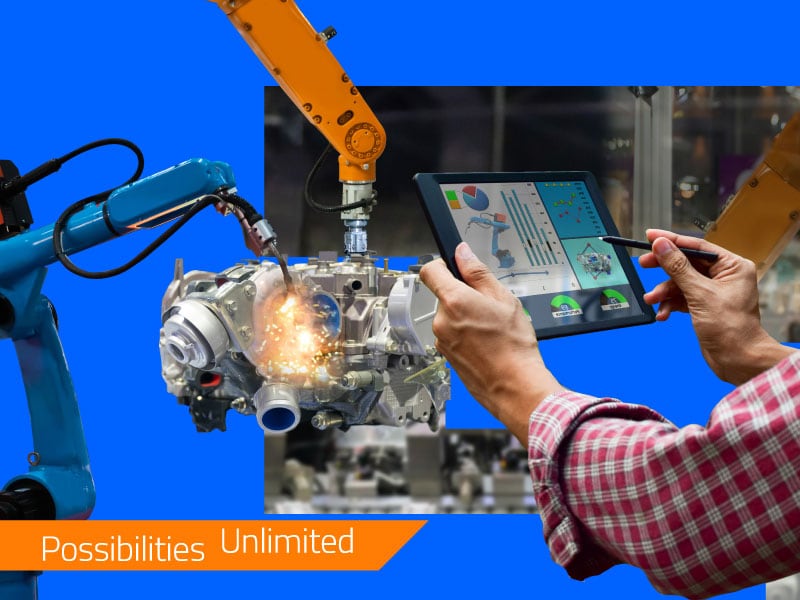Home > AssistEdge > Blogs > The key elements to scaling your automation program
The key elements to scaling your automation program

Connected automation or Intelligent Automation, is the new normal enabling businesses to fulfill their objective – fostering end-to-end automation. Even though Robotic Process Automation is just a baby step towards the same objective, it is a harbinger of new technologies. And experts are working around such capabilities to expand automation adoption in all the key business use cases; in short, building a connected enterprise.
What is connected automation?
Connected automation is an amalgamation of new-age technologies like Artificial Intelligence, Analytics, Optical Character Recognition, Intelligent Character Recognition and Process Mining to create a connected enterprise landscape. Here, end-to-end business processes are made to think, learn and adapt on their own while keeping humans in the loop.
Intelligent Automation has been deployed in many industries recently; for instance, the automobile factory can accelerate production and minimize human errors with its capabilities.
A few of its benefits are mentioned below:
The key challenges of scaling the value of automation programs
The initial attempts at deploying a few RPA bots in specific use cases did nothing more than automate recurring tasks. But, on a closer look, the size and complexity of the use cases grew two to ten times what RPA is capable of alone. It has been noted that the challenge of integration is not a trivial one. The technology that can address the “stall points” or stop signs for traditional task automation is separate and complex.
The problem arises when companies deploy tactical automation in finite cases. In the absence of a clear path for strategic expansion, spreading automation to other key areas becomes quite impossible. After a few of these solutions are in place, the energy behind the program begins to drop. The use cases get too hard to automate at important points in the process.
Here are a few barriers organization face when scaling automation:
How to scale the automation program to realize true value?
In order for businesses to realize the full value of automation programs, a few key elements could be taken into consideration. Such elements include:
Unattended automation can be very powerful indeed when it meets the right kind of work, work that does not encounter a document or voice exchange. It doesn’t need to bail out to a human for direction or to clear an exception state. However, the elements mentioned above are the must-haves to ensure companies fully leverage Intelligent Automation’s potential.
In a survey report by SSON and EdgeVerve, 39% of respondents cited that increasing the number of bots deployed can truly scale automation’s full value. On the other hand, 58% of respondents think increasing the number of processes covered can ensure complete end-to-end automation. First, however, businesses need to develop AI-based decision support to achieve connected automation.
Conclusion
Deploying a few RPA bots in limited use cases will neither demonstrate the true value nor enable end-to-end connected automation. Instead, enterprises need to extend their automation enablers to core business use cases and leverage the other capabilities effectively. Also, having a complete roadmap to map out the automation implementation is a must-have. That’s how businesses can scale the true value of automation programs and enjoy the benefits optimally.


Possibilities Unlimited
Possibilities Unlimited
Inspiring enterprises with the power of digital platforms
More blogs from EdgeVerve →